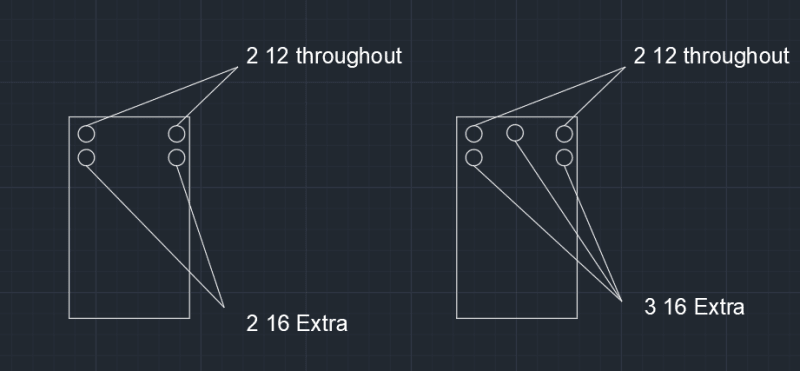curiousinvite
Civil/Environmental
- Apr 24, 2021
- 42

Follow along with the video below to see how to install our site as a web app on your home screen.
Note: This feature may not be available in some browsers.

Enable said:dont buy it's more economical but maybe that's just my market. Labour + site time would kill us with 2mm increments.
canwesteng said:Is Canadian practice the odd one? It's basically the same as the US


When looking at confined masonry requirements in europe you need stirrups at 15 cm spacing or less. It's usually D6/15cm. If I had to use the smallest canadian bar at the same spacing that would be 3.5 times more steel. 6mm bars are also significantly easier to bend at site.Enable said:Seems of questionable help in design
